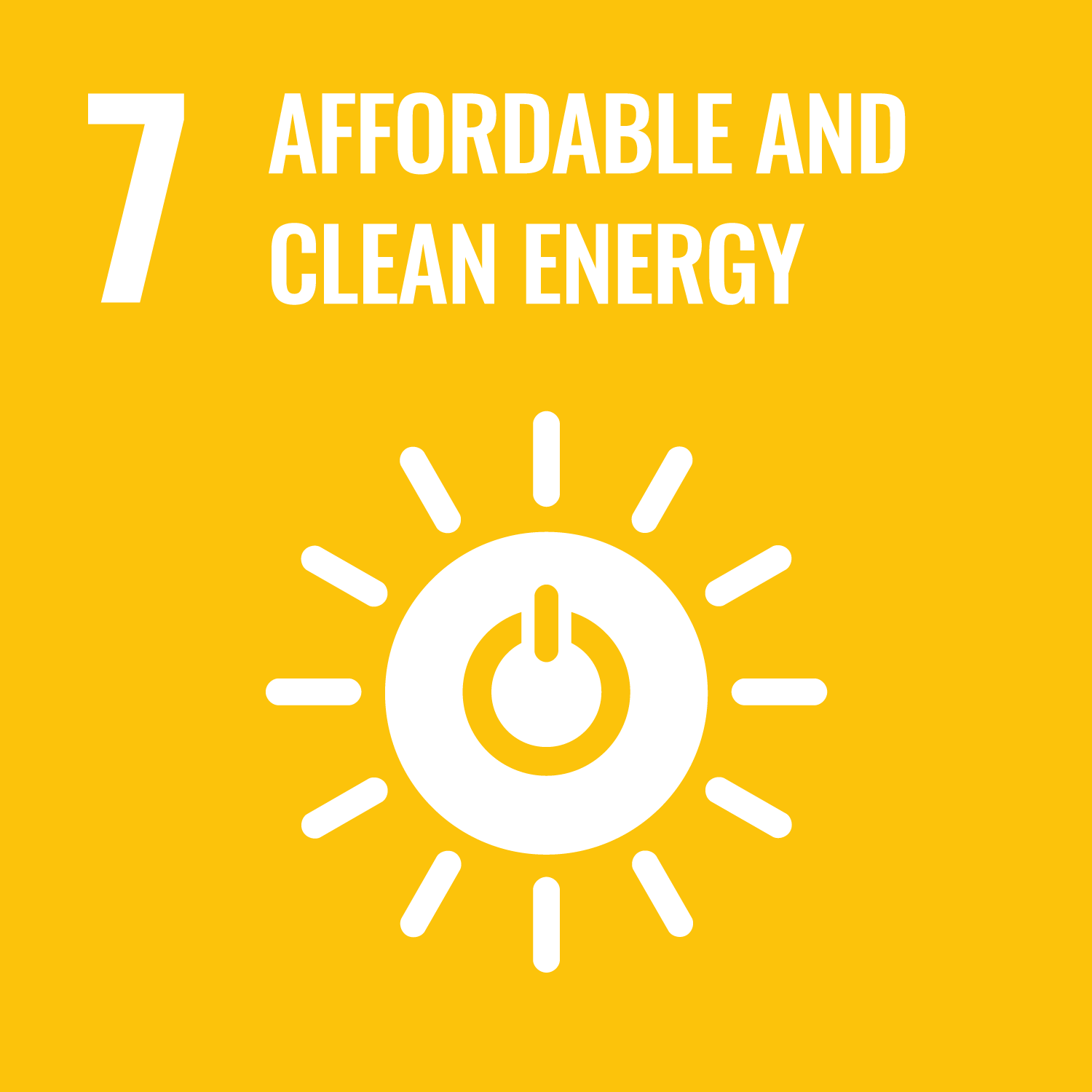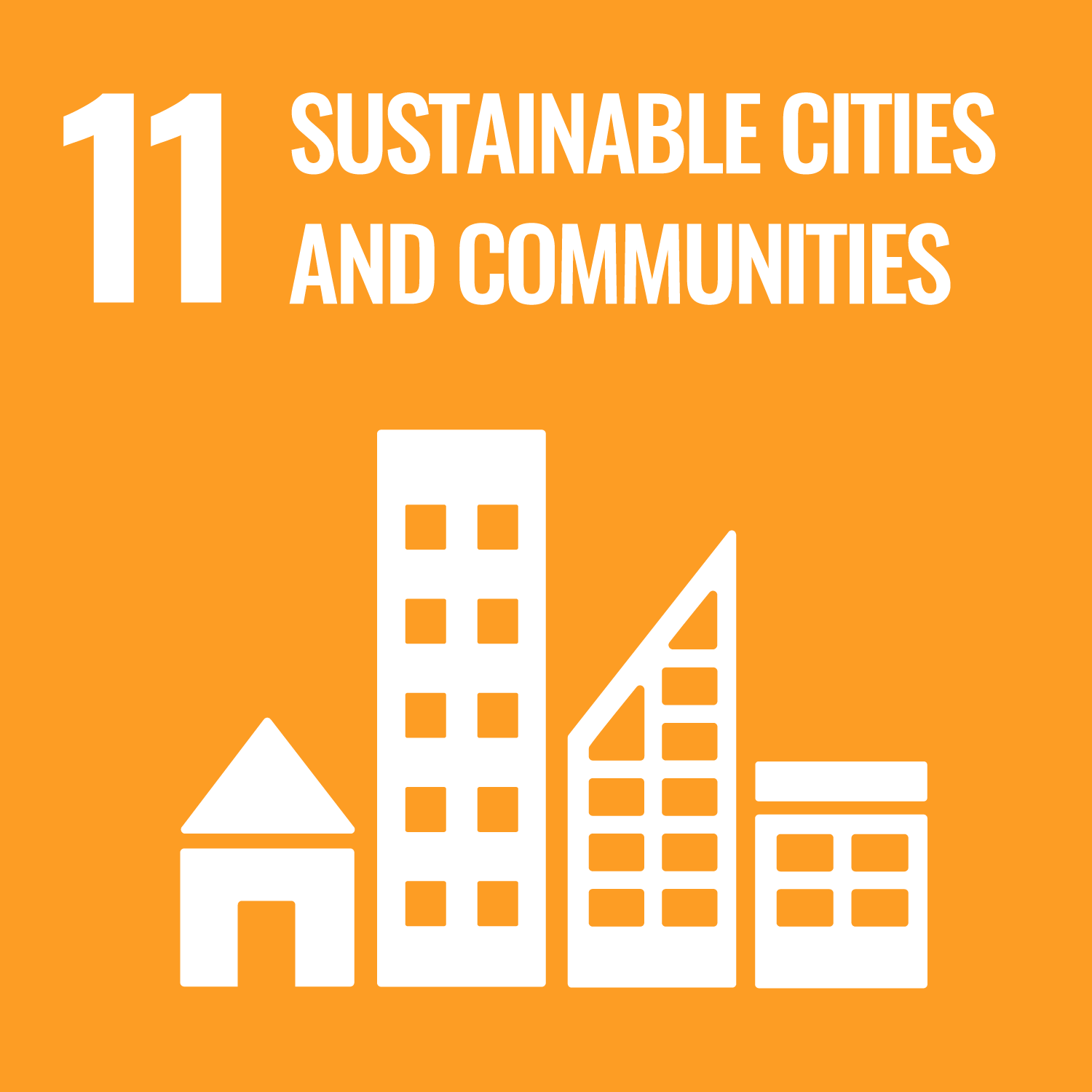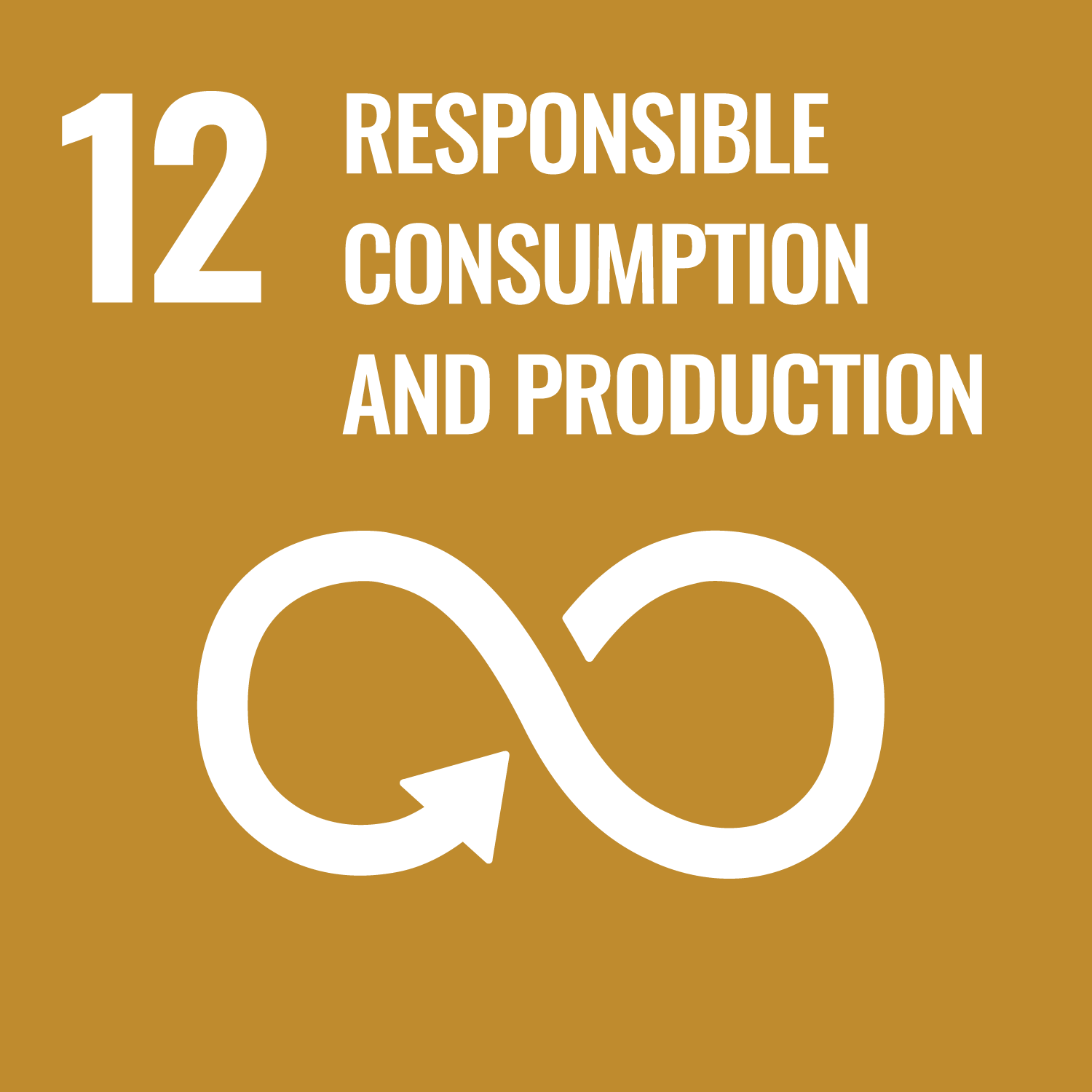LCS-FY2019-PP-10
Methane Production from Biomass Wastes by Anaerobic Fermentation (Vol. 4):
Rationalization of Multi-Stage Fermentation and High Temperature Fermentation & Examination of Hydrogen Fermentation
Summary
Methane fermentation that produces methane from biomass waste such as sewage sludge and garbage has been put to practical use. Hydrogen is also produced depending on the conditions, but there are insufficient quantitative studies on the rationalization of methane fermentation and the mechanism of hydrogen fermentation.
The ADM1 (Anaerobic Digestion Model No.1) was used for a quantitative study of methane fermentation to examine the effect of rationalization in the two cases of methane fermentation being performed in (case 1) a two-stage continuous tank and (case 2) a high temperature of 55°C. In the case of sewage sludge, when fermentation is performed at a high temperature of 55°C, the COD decomposition rate increases by 33% compared to the medium temperature fermentation at 35°C. When the two-stage continuous fermentation is used, the COD decomposition rate increases by 6~8% at 35°C. Hydrogen is generated when methane fermentation is carried out in the acidic pH range. The increase in energy yield achievable by combining hydrogen fermentation with methane fermentation is examined based on factors such as fermentation temperature, pH, and residence time. When hydrogen fermentation in the acidic pH range is performed with a residence time of one day and then methane fermentation is performed under conventional conditions, it is possible to increase the COD decomposition rate by 8% and the amount of energy (H2+CH4) generated by 11%.





